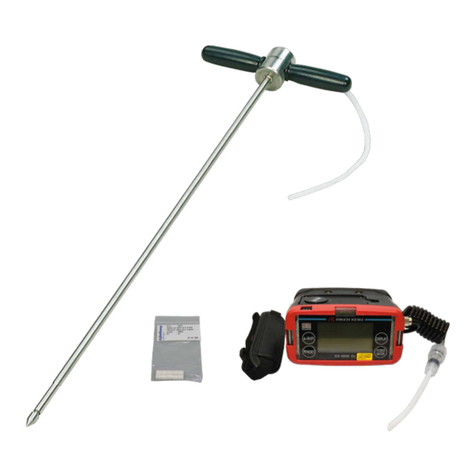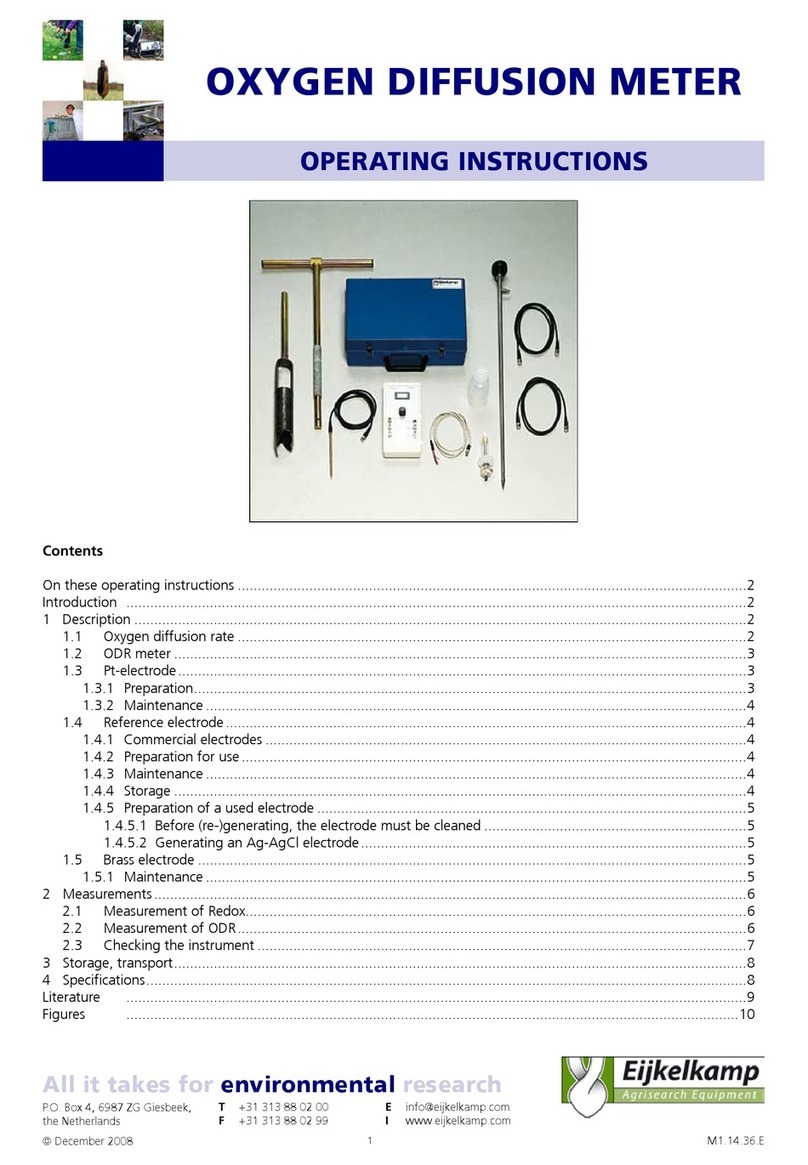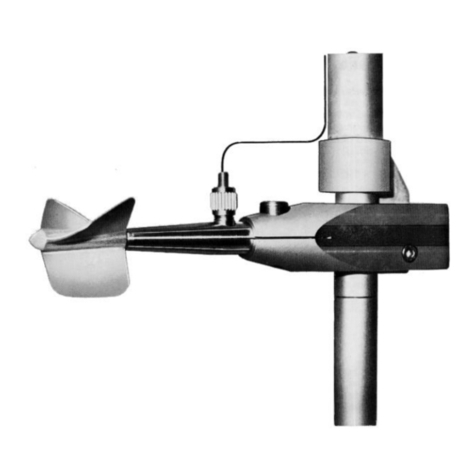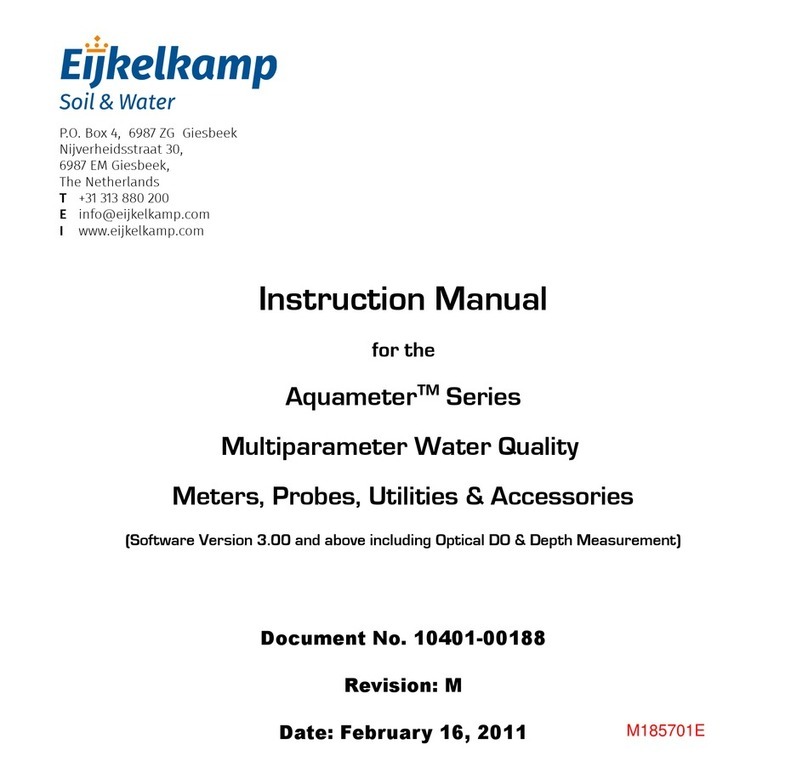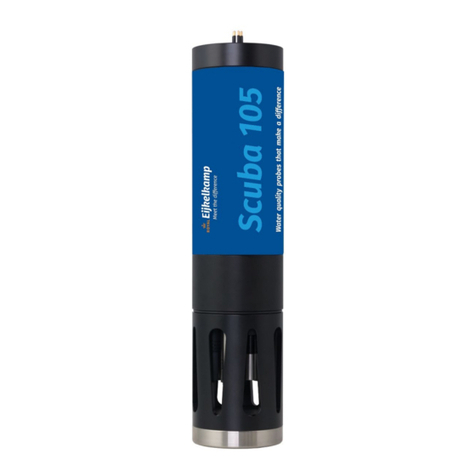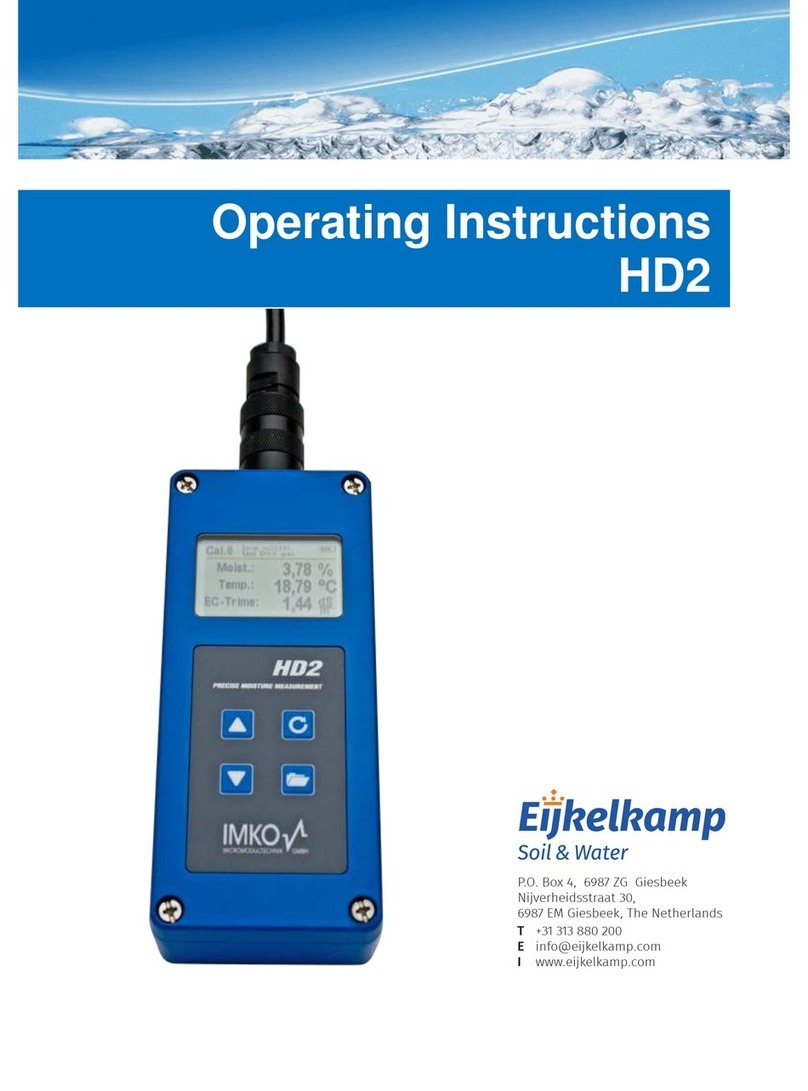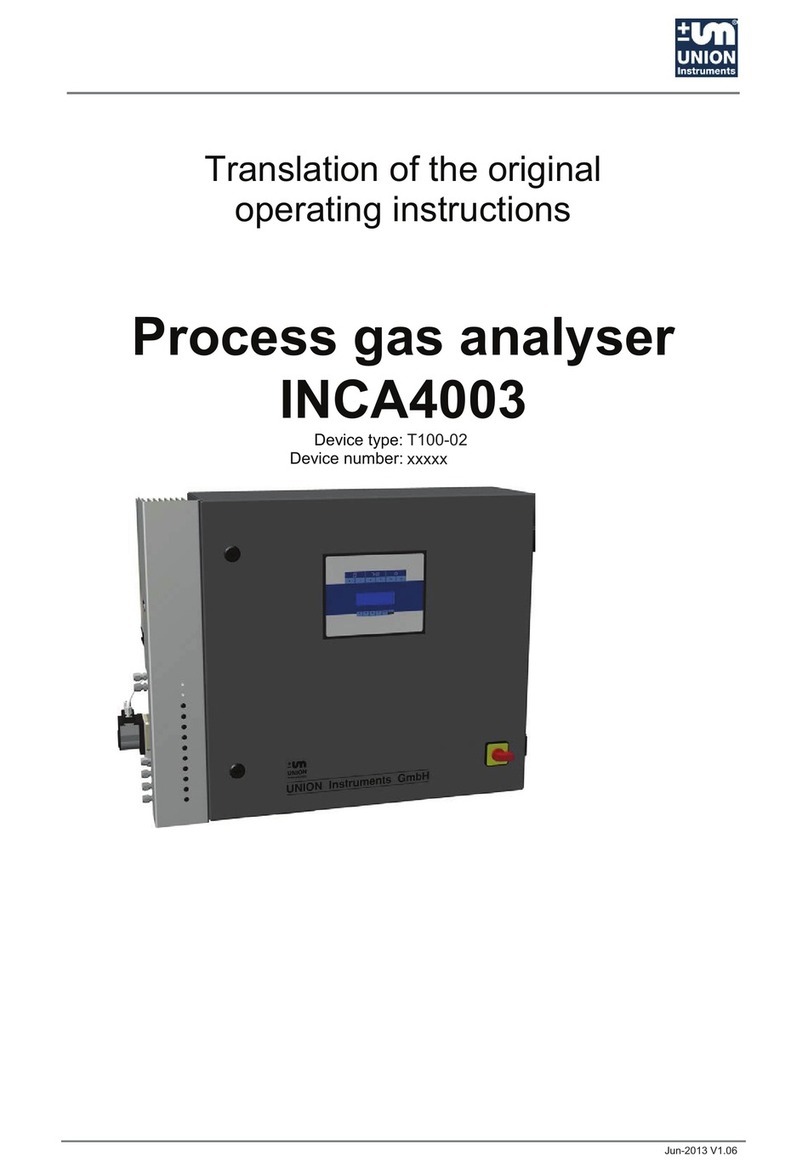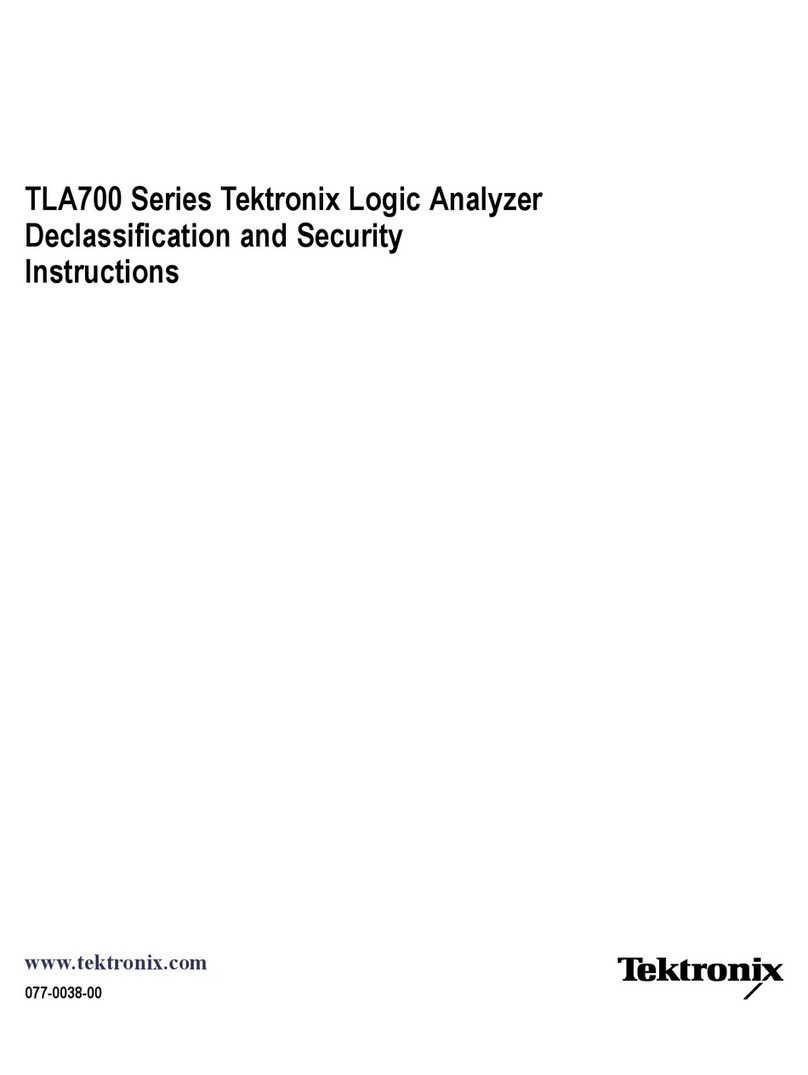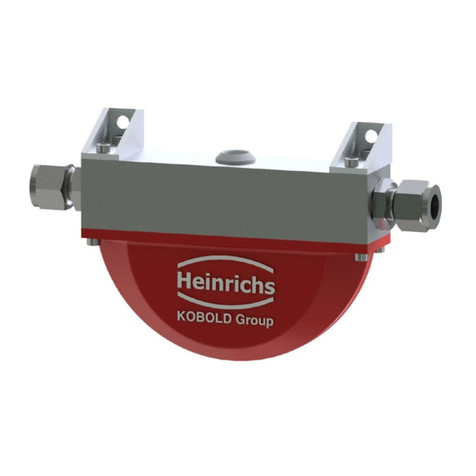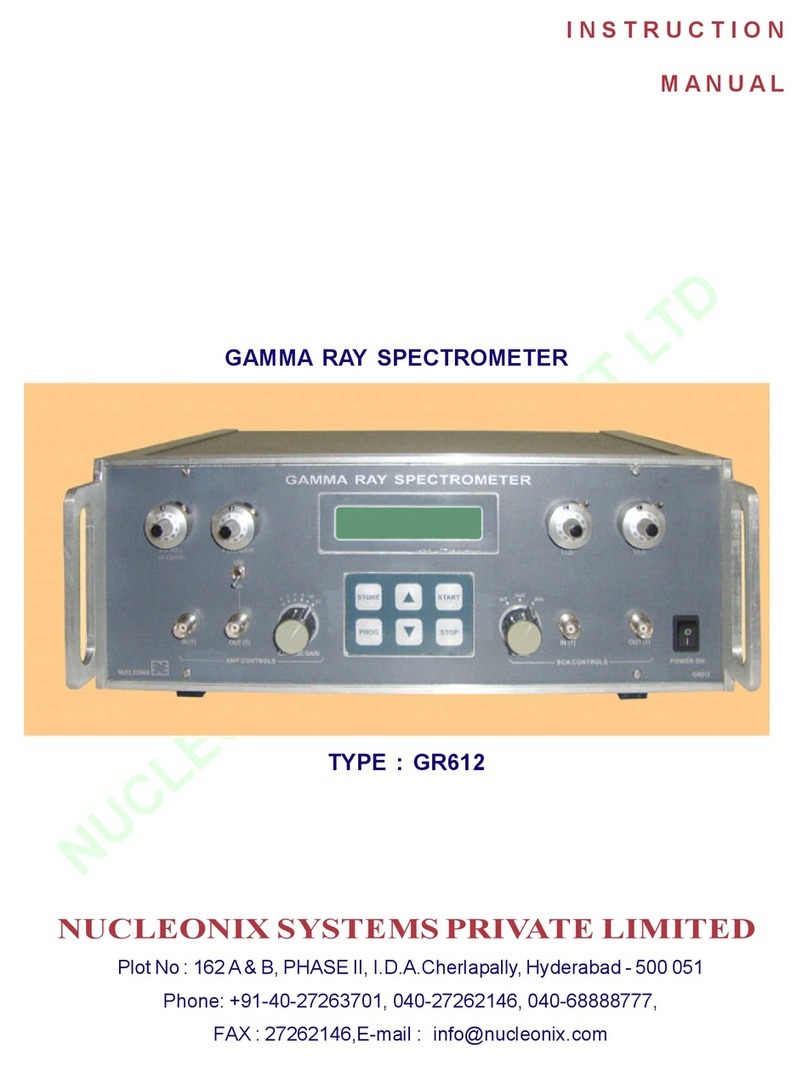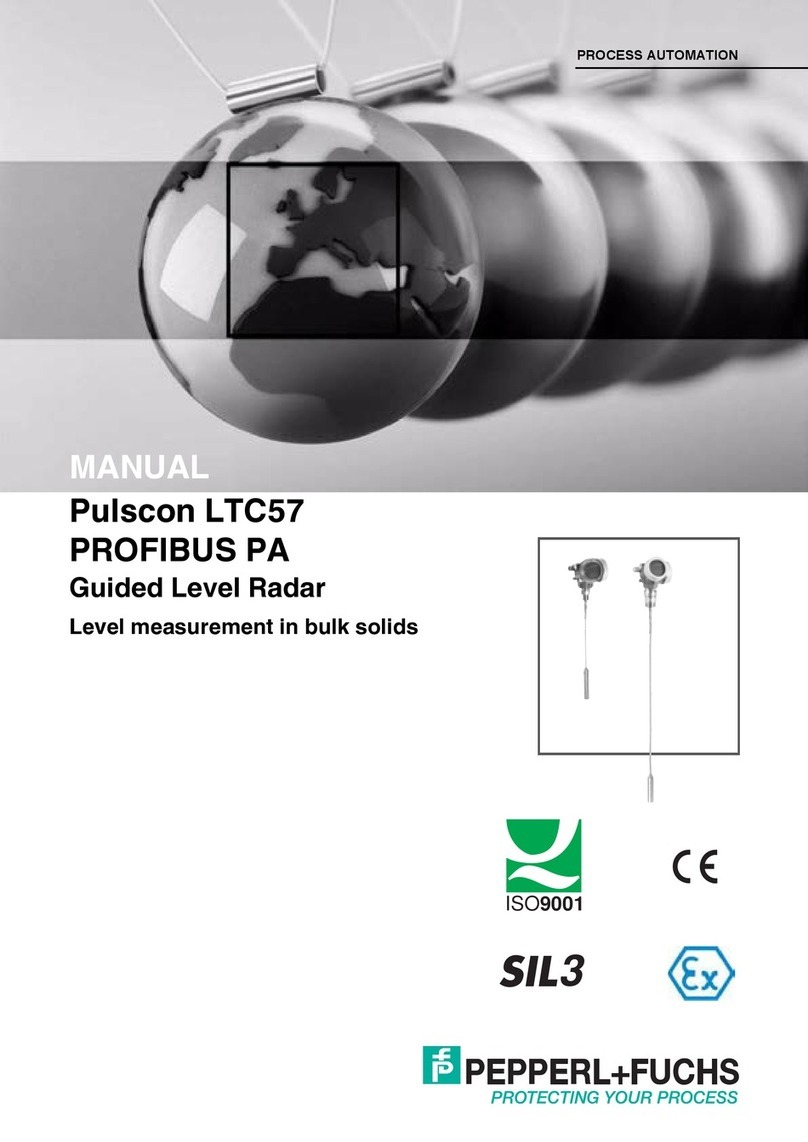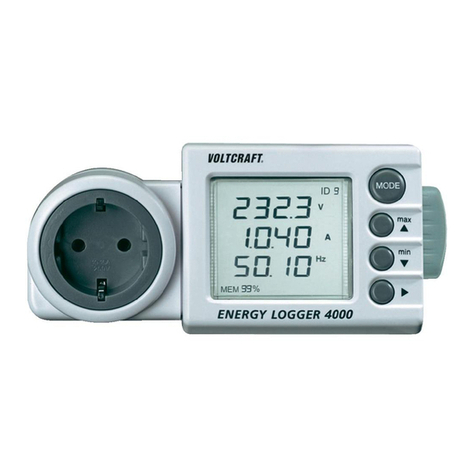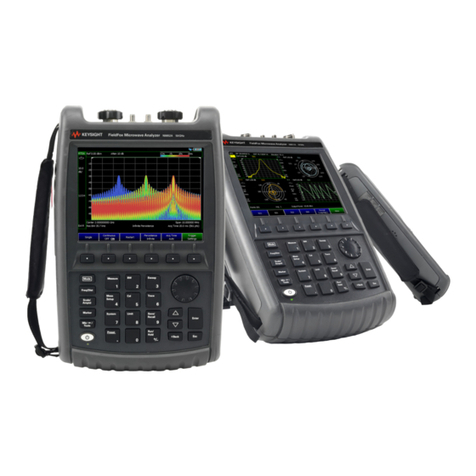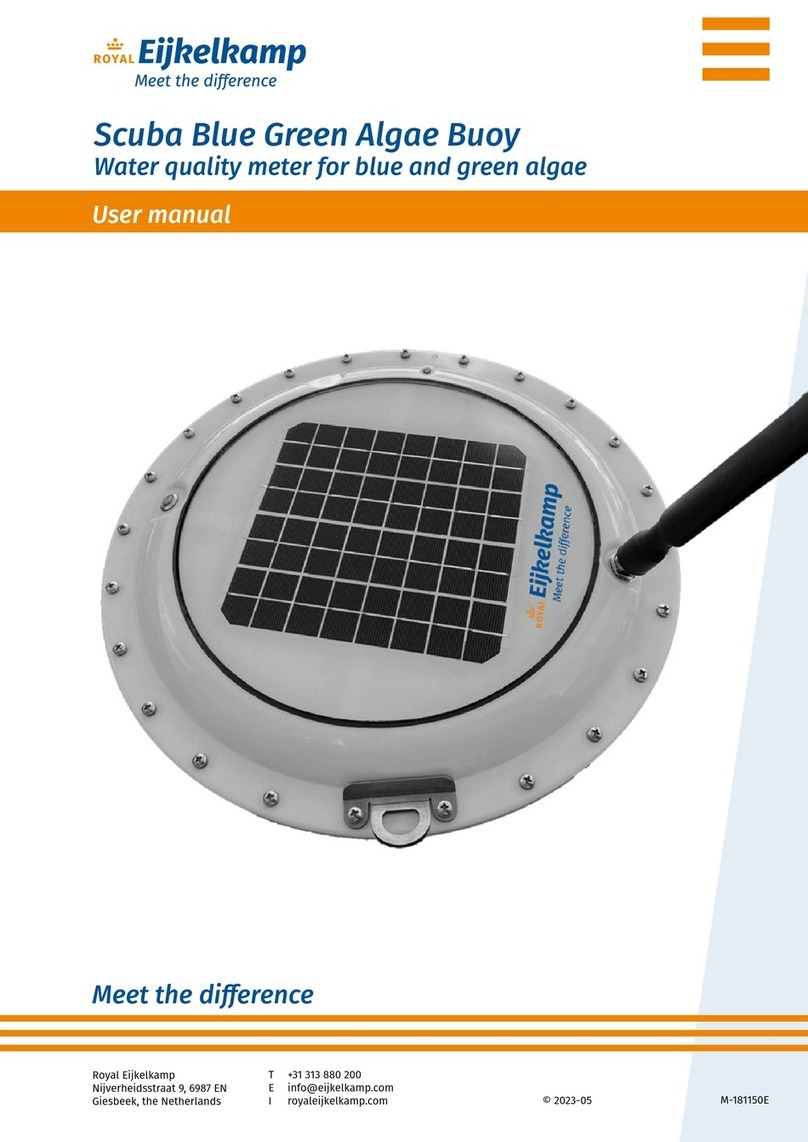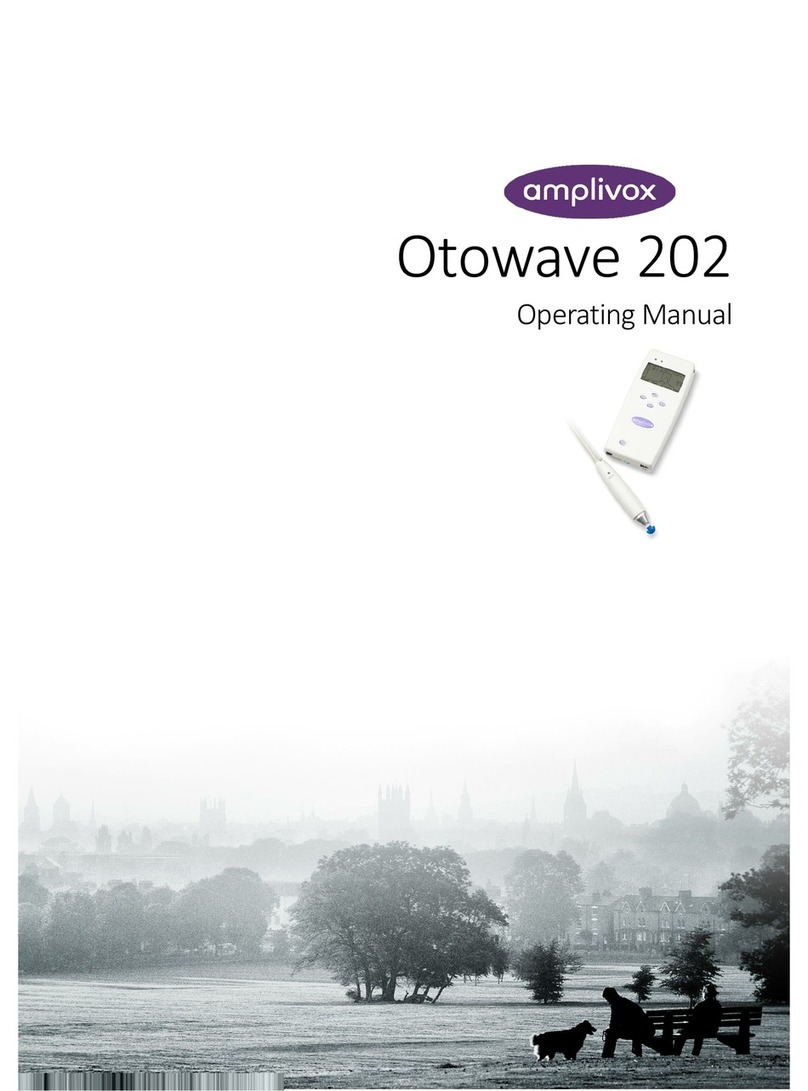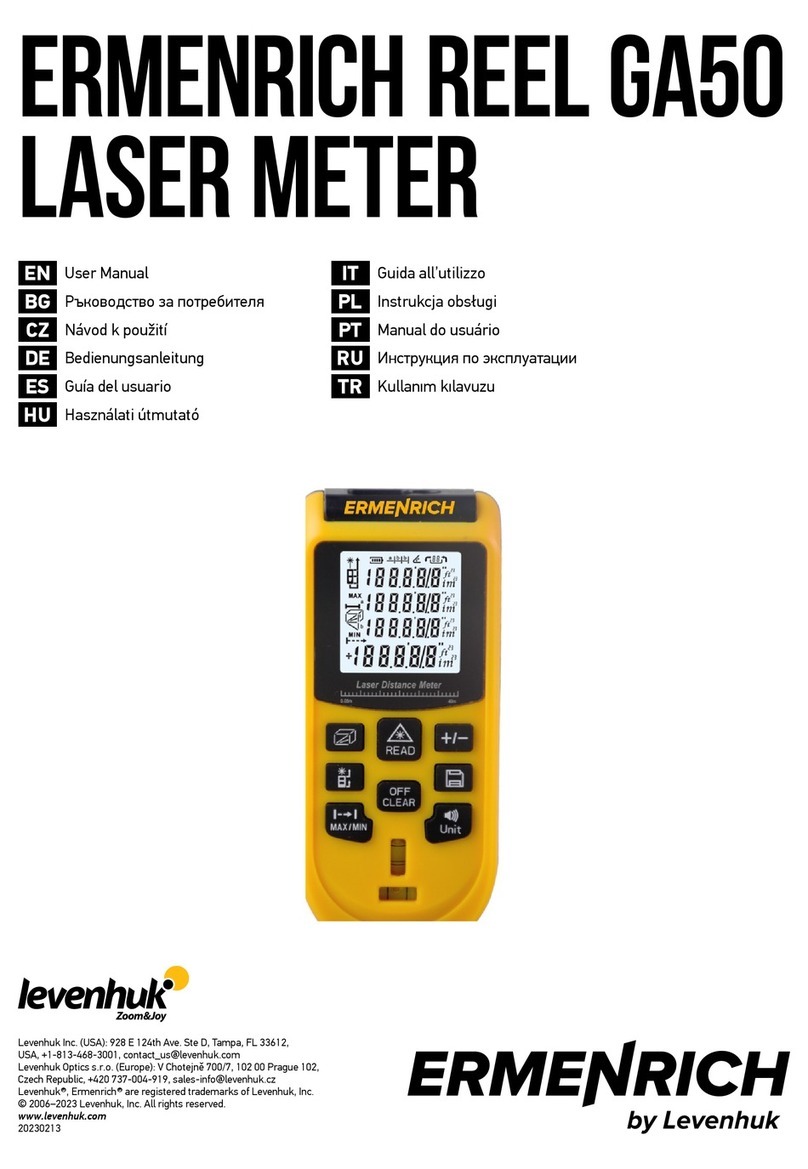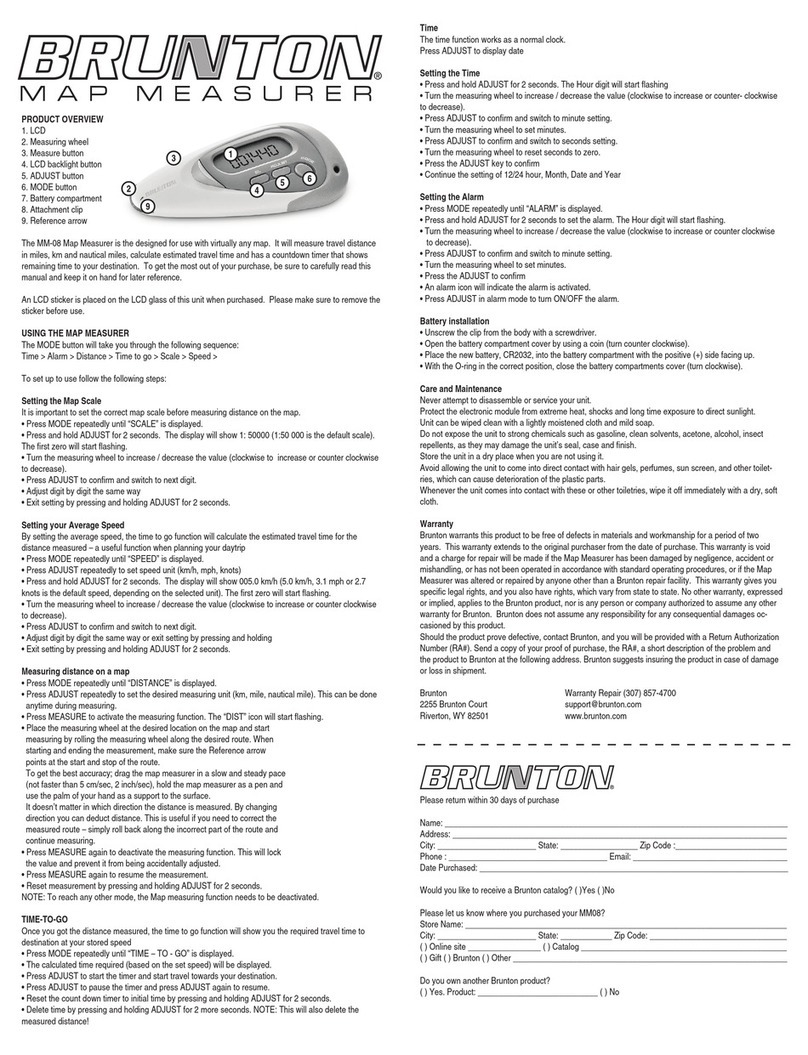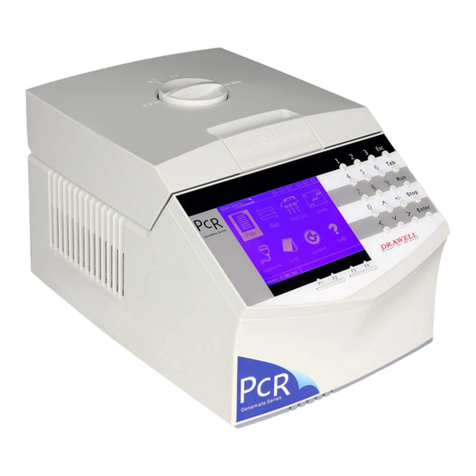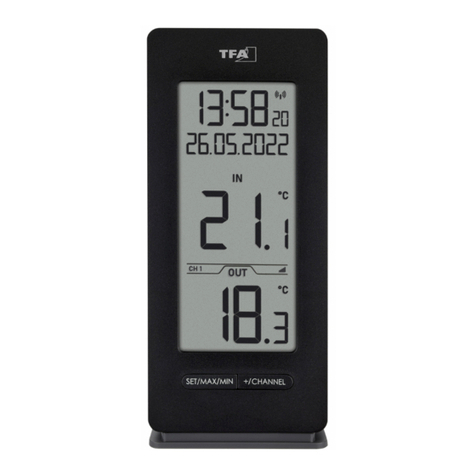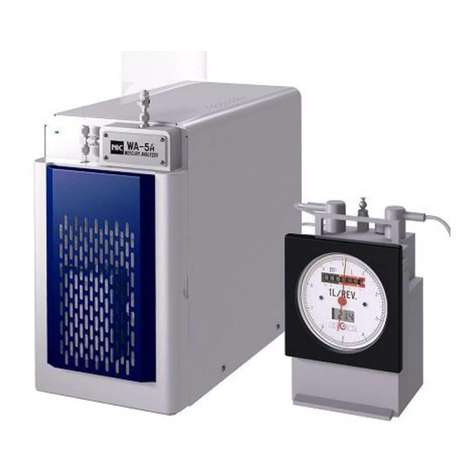
17
Appendix 1: Taking soil samples
To determine the characteristic of a specific soil, undisturbed core samples must be collected. This is because
of the major influences of both pore size distribution and soil structure on moisture retention, especially at
the high matrix potentials of the operating range of suction tables.
There is no explicit prescription in literature for recommended sample sizes. Optimal sizes for core rings are
determined by the size of structural elements in the soil. To obtain representative data, sample sizes should be
large with respect to the size of soil aggregates, cracks, root channels or animal holes. From a practical point
of view, sample diameters should not be too large as not to reduce the amount of simultaneously analysable
samples, and sample height should be constrained to several centimetres; so that equilibrium conditions are
reached in a reasonable period of time.
According to the Dutch NEN 5787 standard, samples with a volume between 100 and 300 cm are usually used for
the suction tables, while samples with a height of more than 5 cm are discouraged, because the time needed to
establish equilibrium will be long, and the accuracy of determination of pF-values near saturation will be low.
In the procedures for soil analyses of the International Soil Reference and Information Centre (ISRIC), sample
rings with a diameter of 5 cm and a volume of 100 cm are recommended, while in other publications heights
of 2 or 3 cm are preferred.
When pressing the core rings into the soil, care should be taken not to disturb the original setting of the soil
and to completely fill the ring. Sampling conditions are best when the soil is approximately at field capacity.
Ring holders may be used to facilitate insertion, especially in the subsoil. Ater insertion to the desired depth,
the rings are carefully dug out (e.g. using the spatula provided with the Eijkelkamp sample ring set), at some
centimetres below the ring itself. The surplus of soil is reduced to a few millimetres, trimming it carefully with
a fine iron saw, and the caps are placed on the ring for protection and to minimise evaporation losses. The
remaining surplus of soil will protect the sample during transport and will be removed in the laboratory, prior
to analysis. Transport the core rings in a protective case.
Since soil structure and pore size distribution have significant influence on air permeability, several replicate
samples are needed to obtain a representative value. Depending on natural variability of the study area, three
to six replicate samples per unit are advised.
In case the samples cannot be analysed on short notice, store the samples in a non freezing refrigerator to
reduce microbial activity which might cause non-representative changes in soil structure.
Soil samples
The soil sample should be undisturbed and as the measurement quality depends on the soil sample quality
care should be taken during sampling. A practical way of sampling is using the hammering method (equipment
see fig. 14); the most precise but costly method is using hydraulic sampling equipment; this is not further
discussed here.
Fig. 14 Various tools for field sampling




















